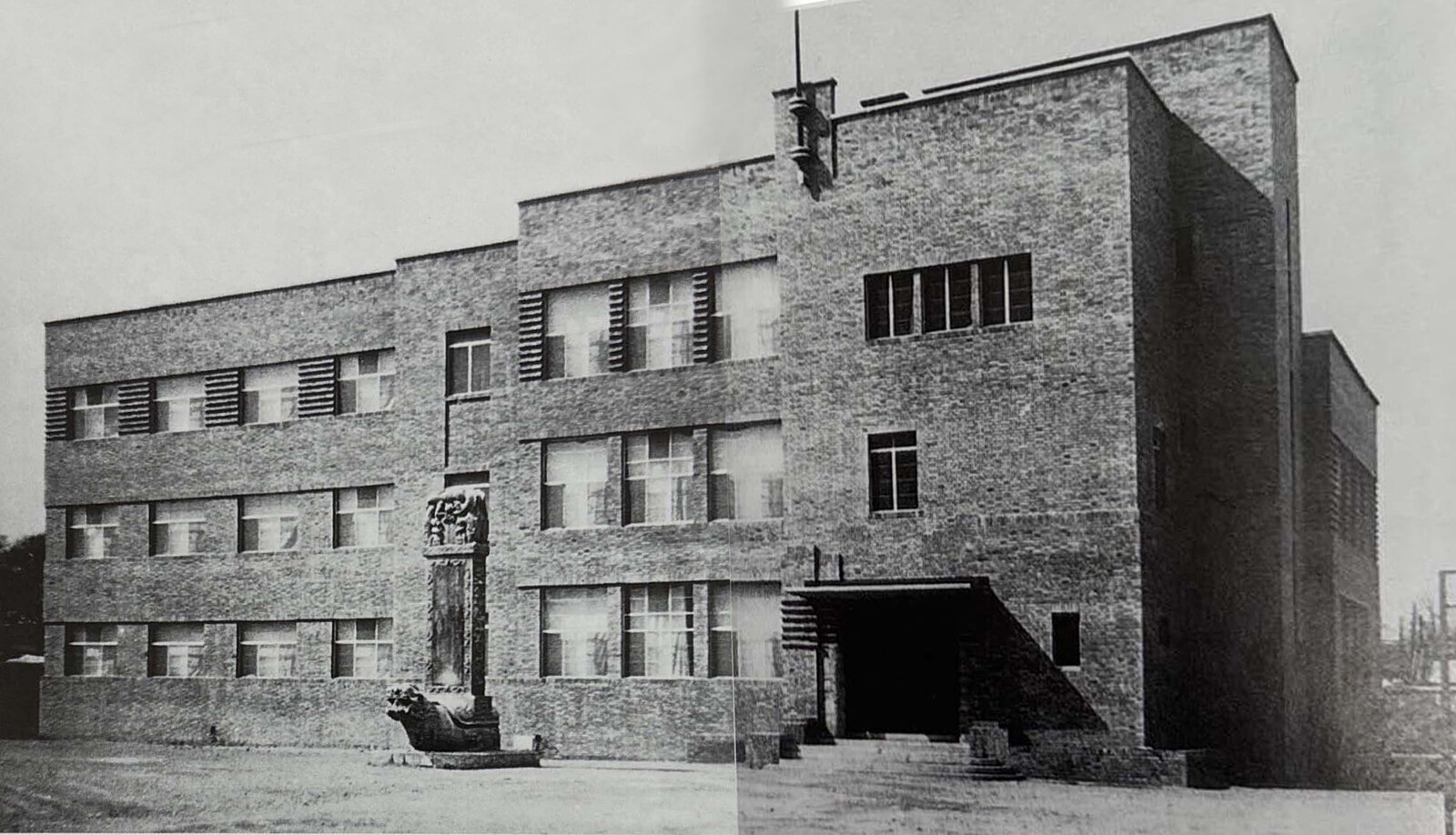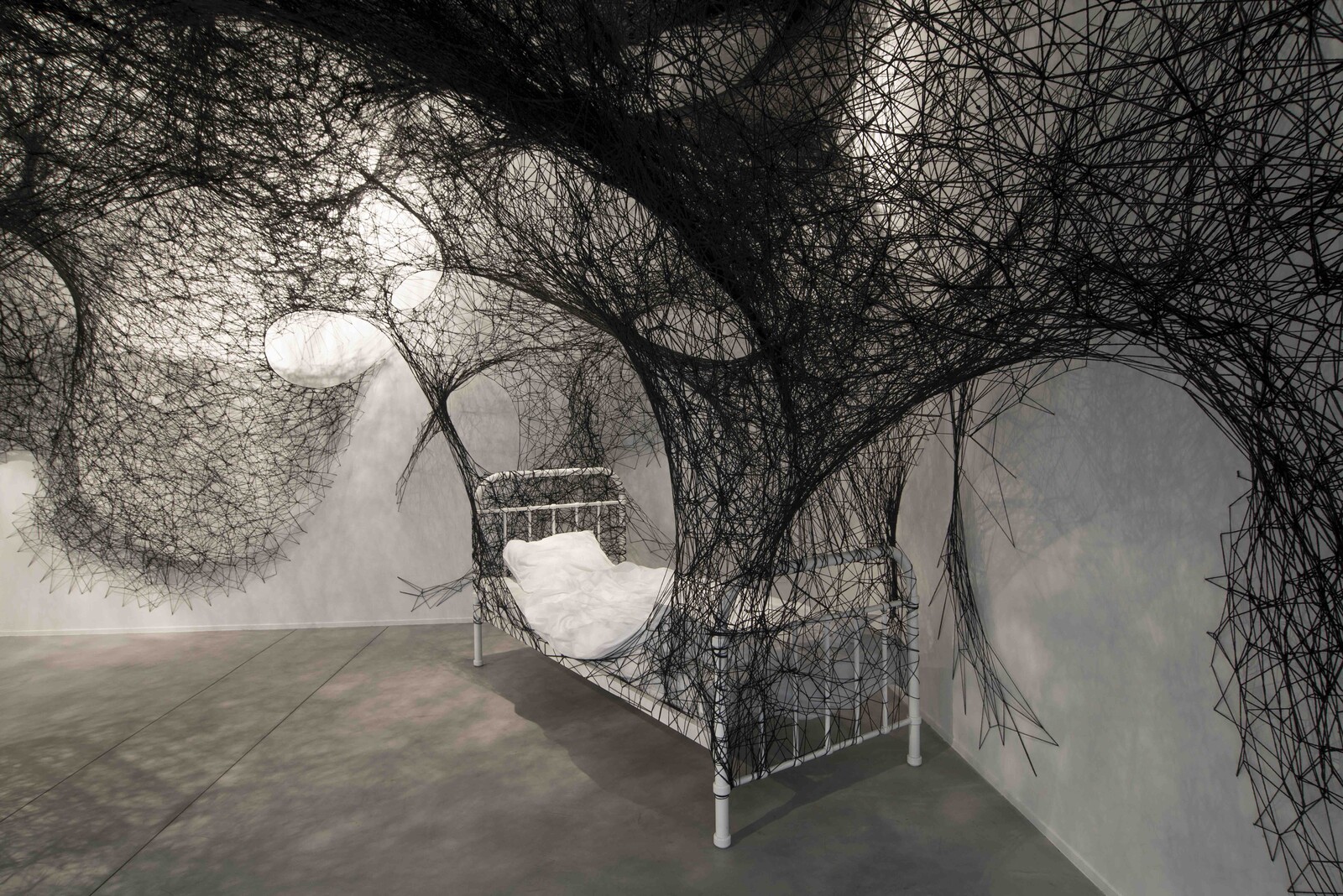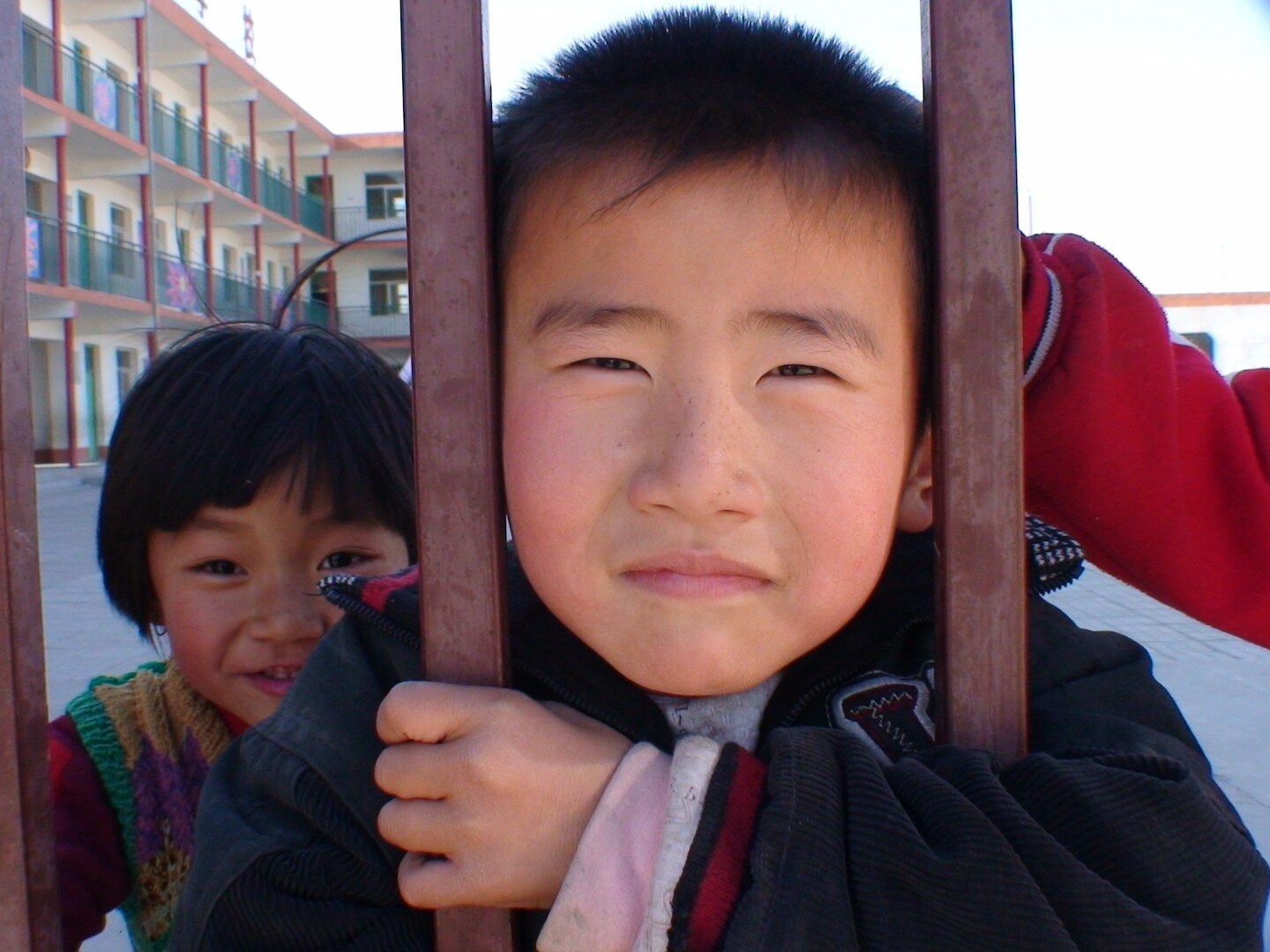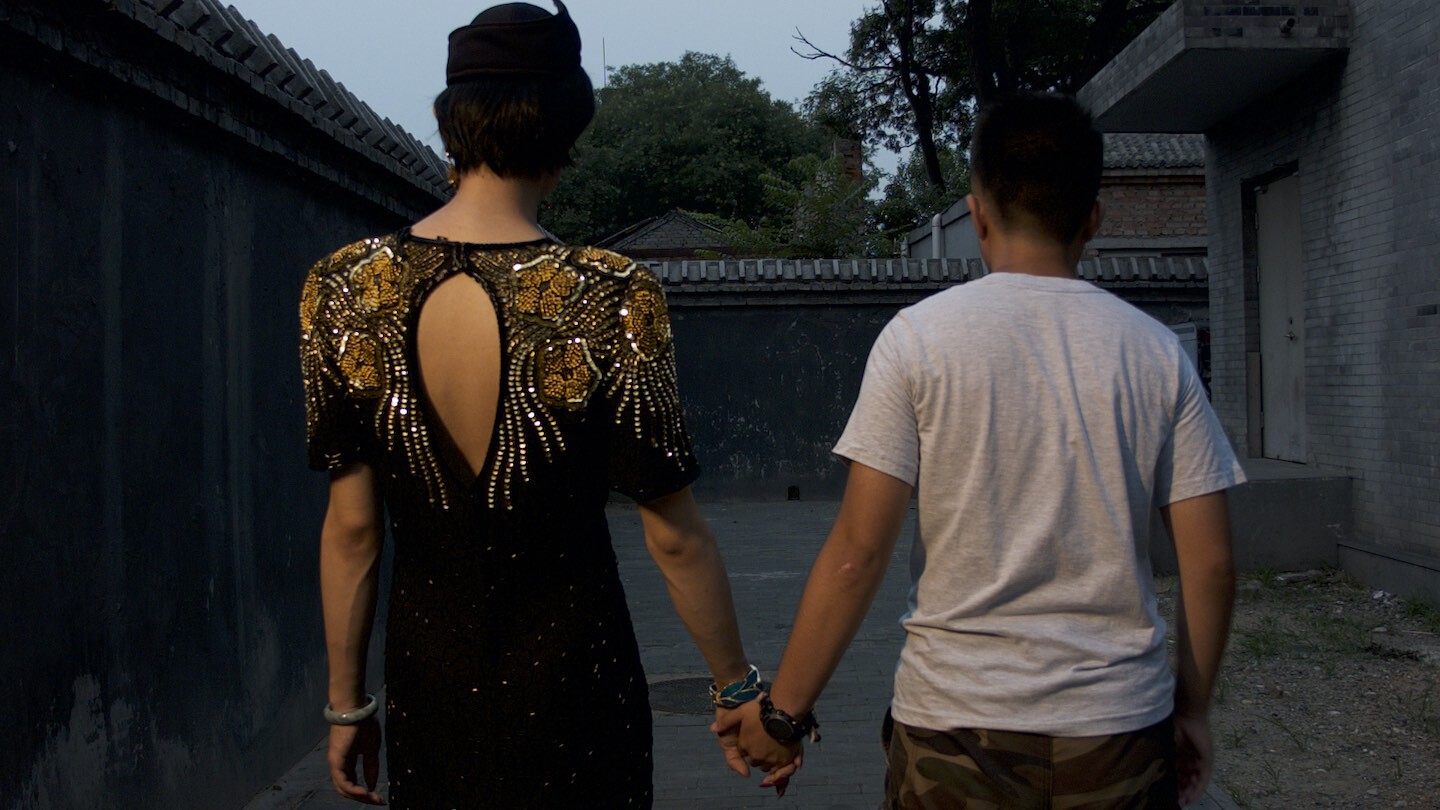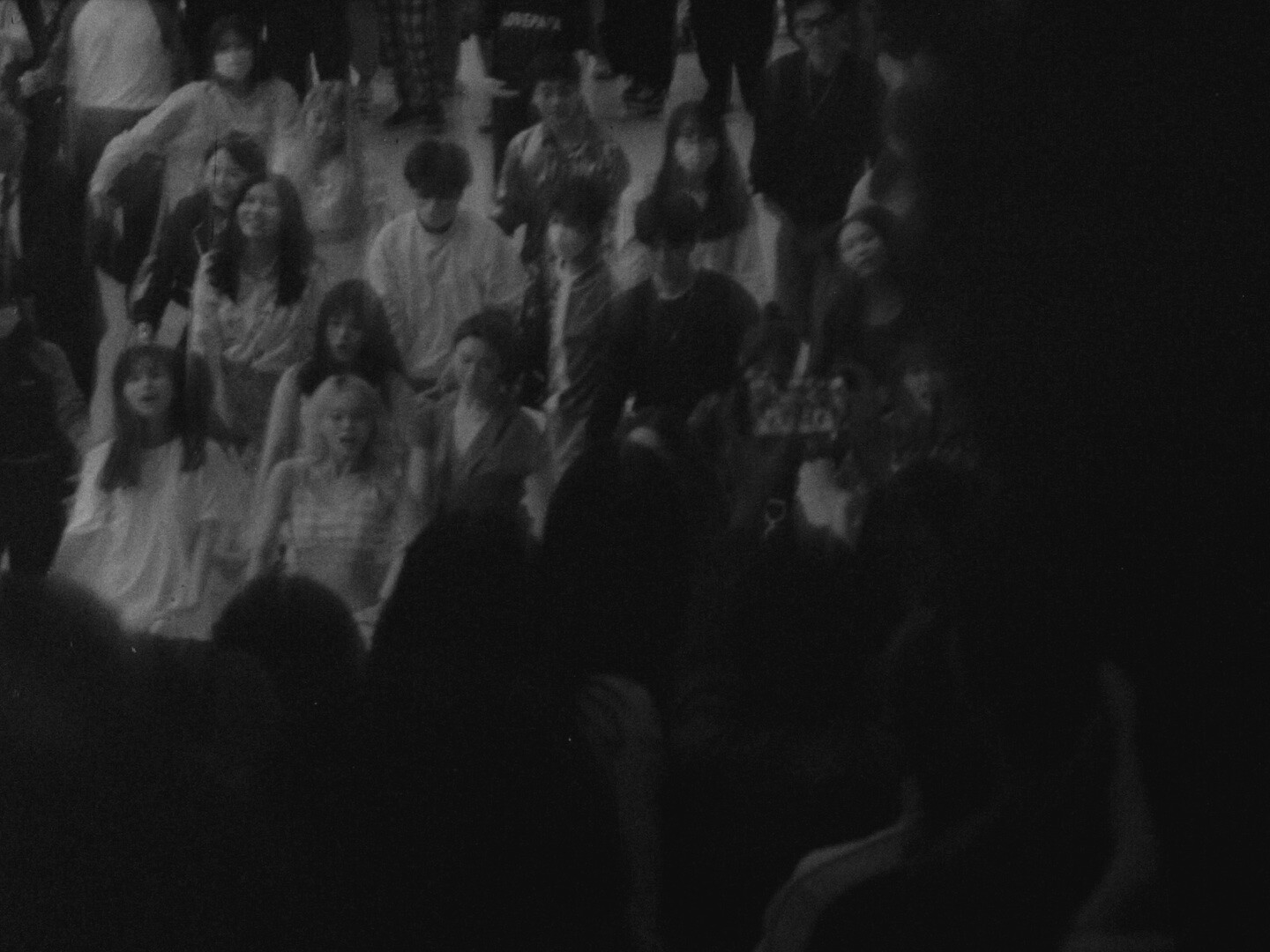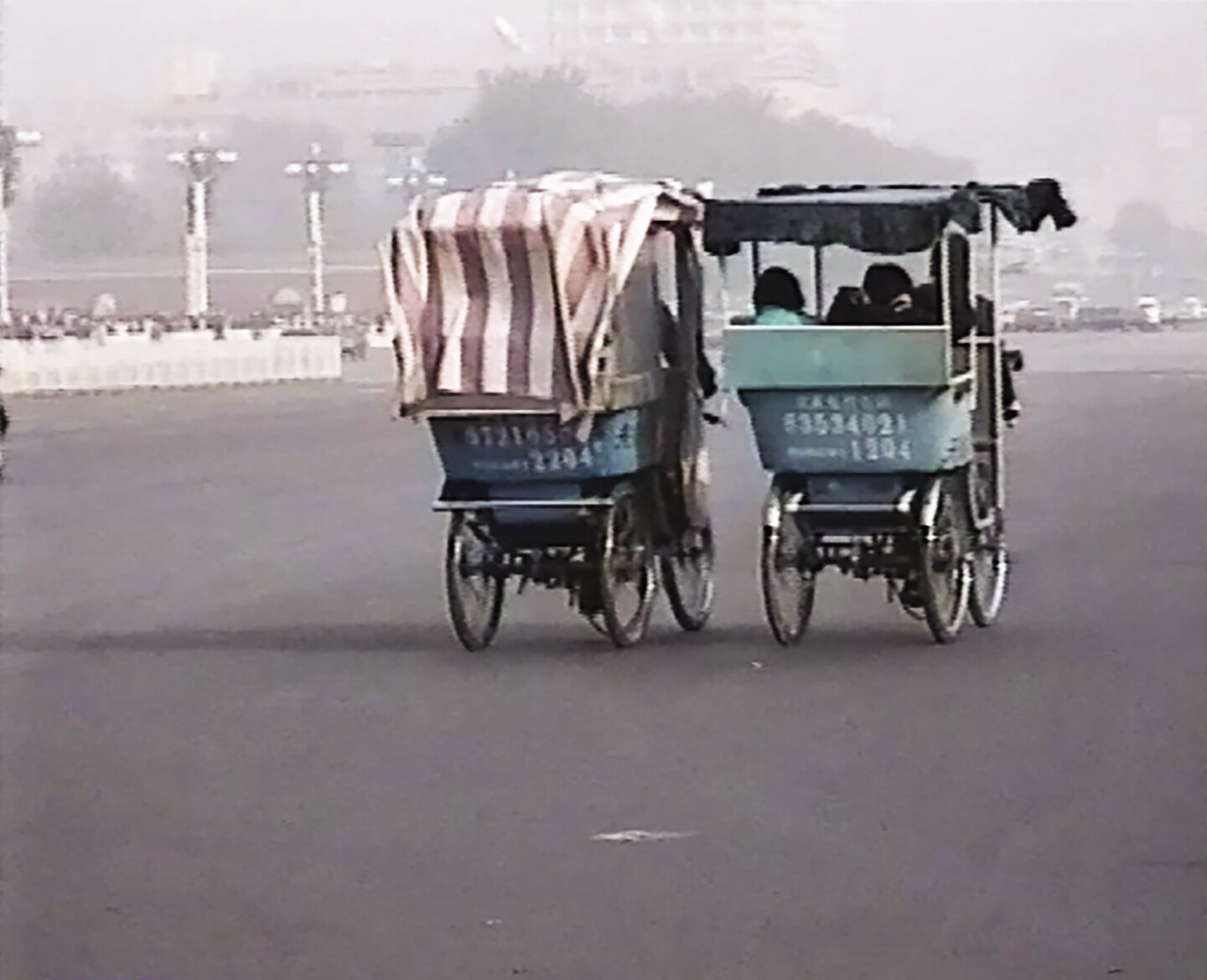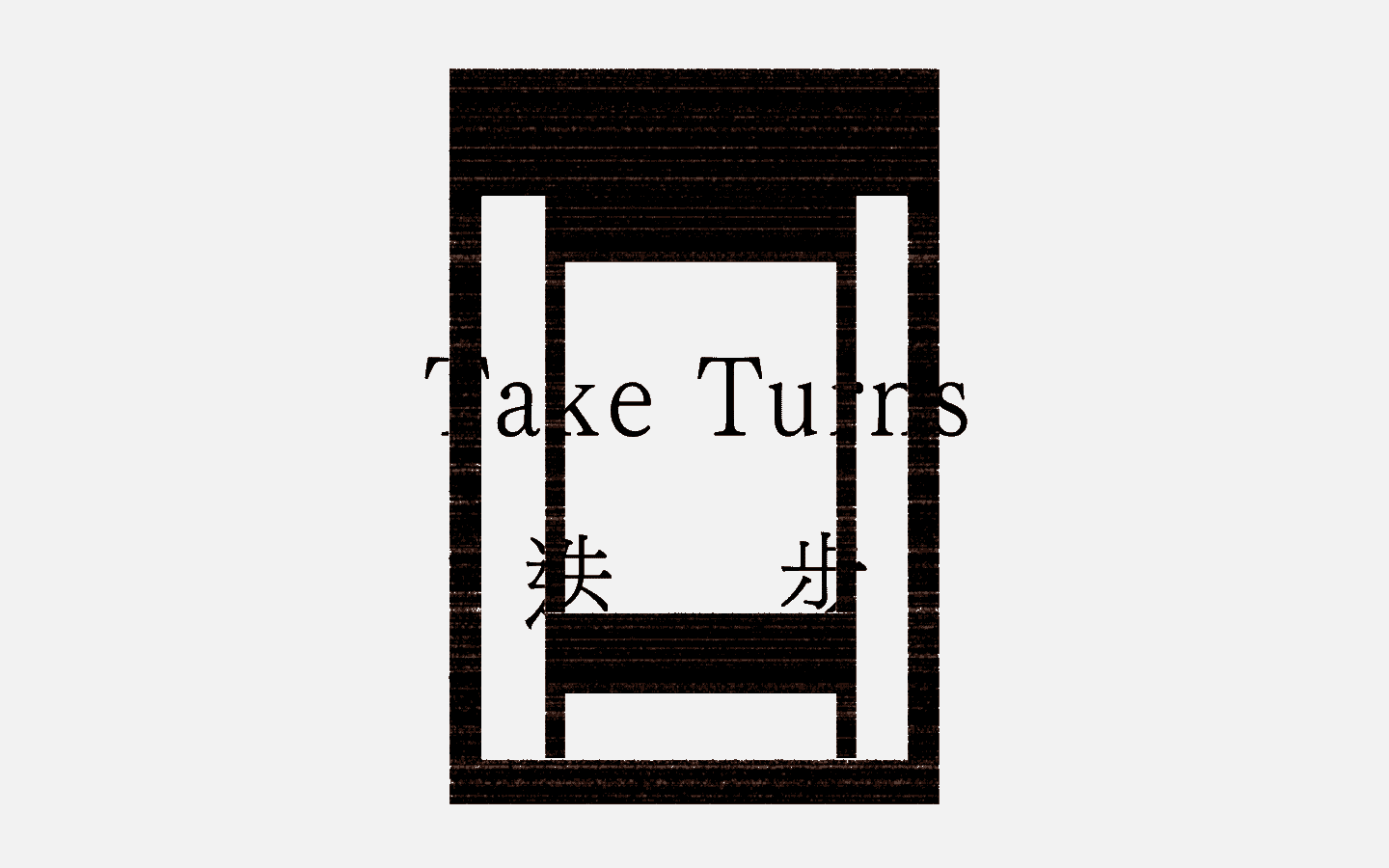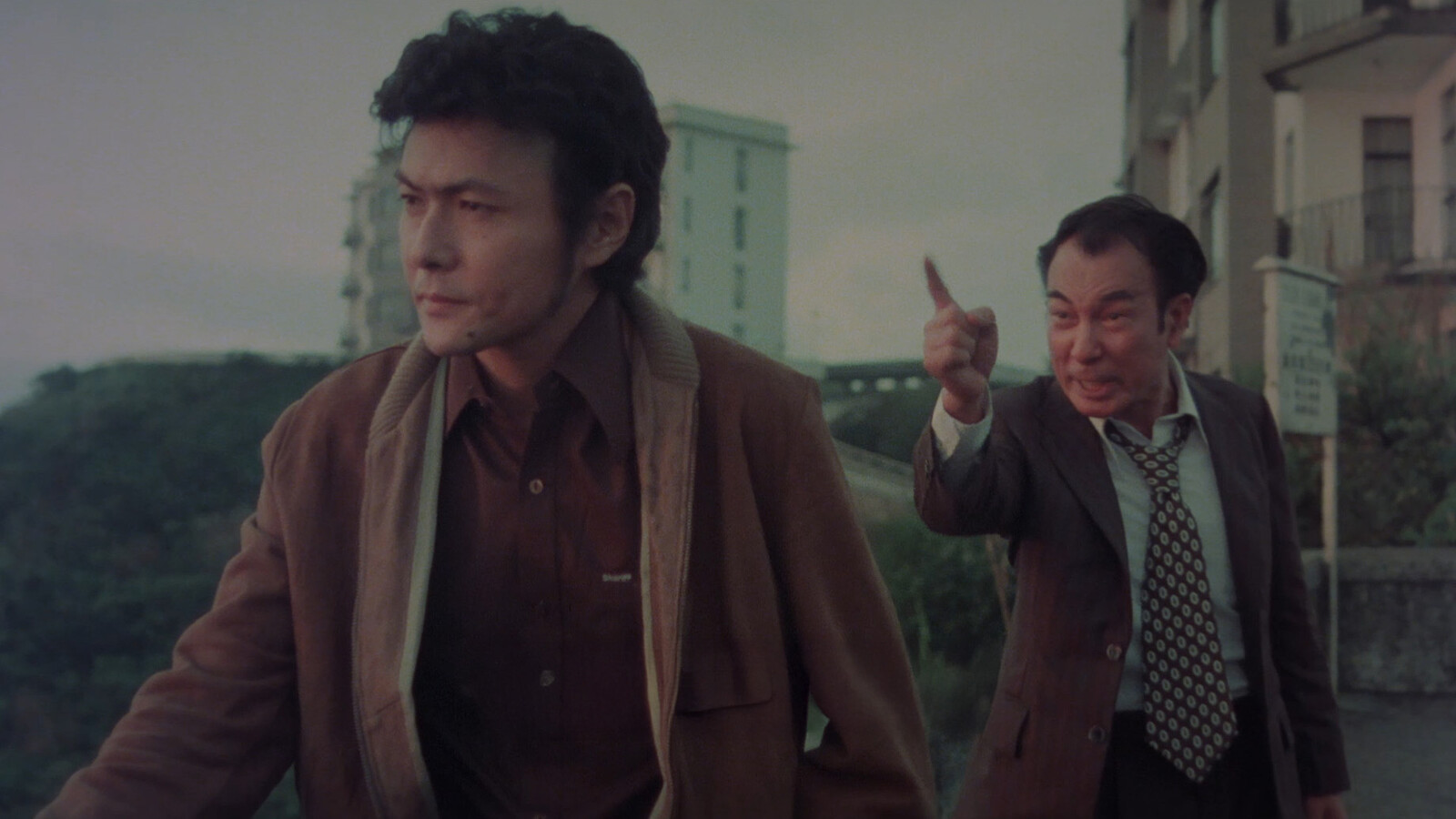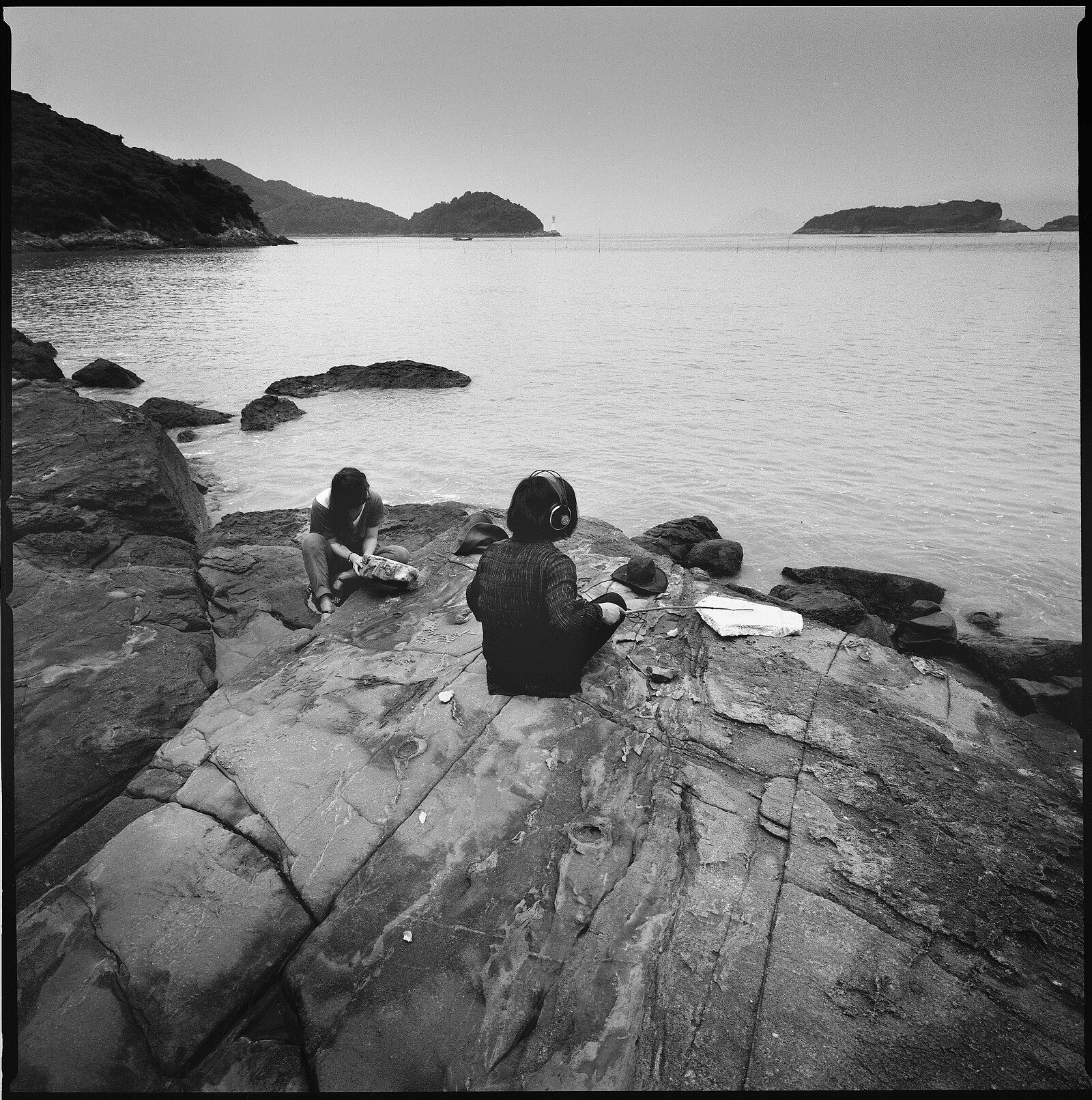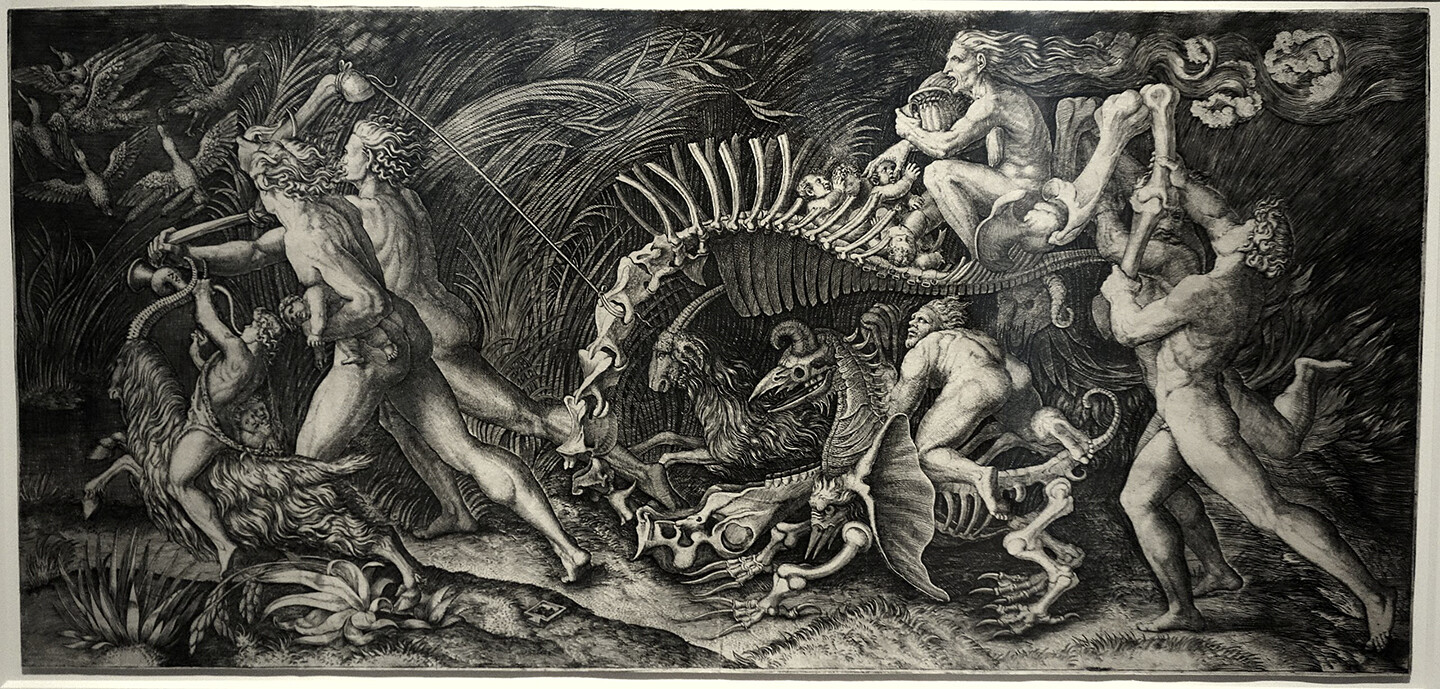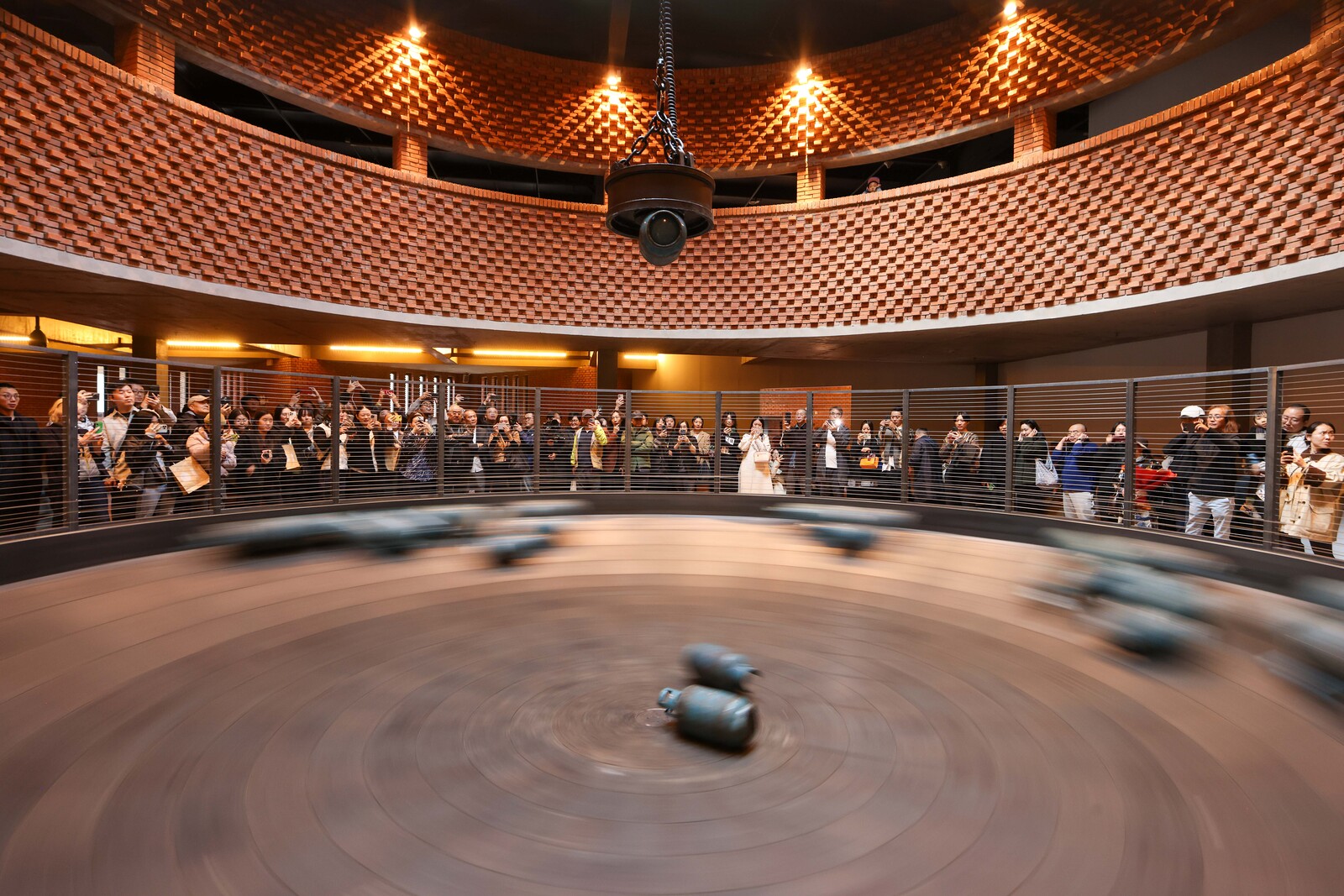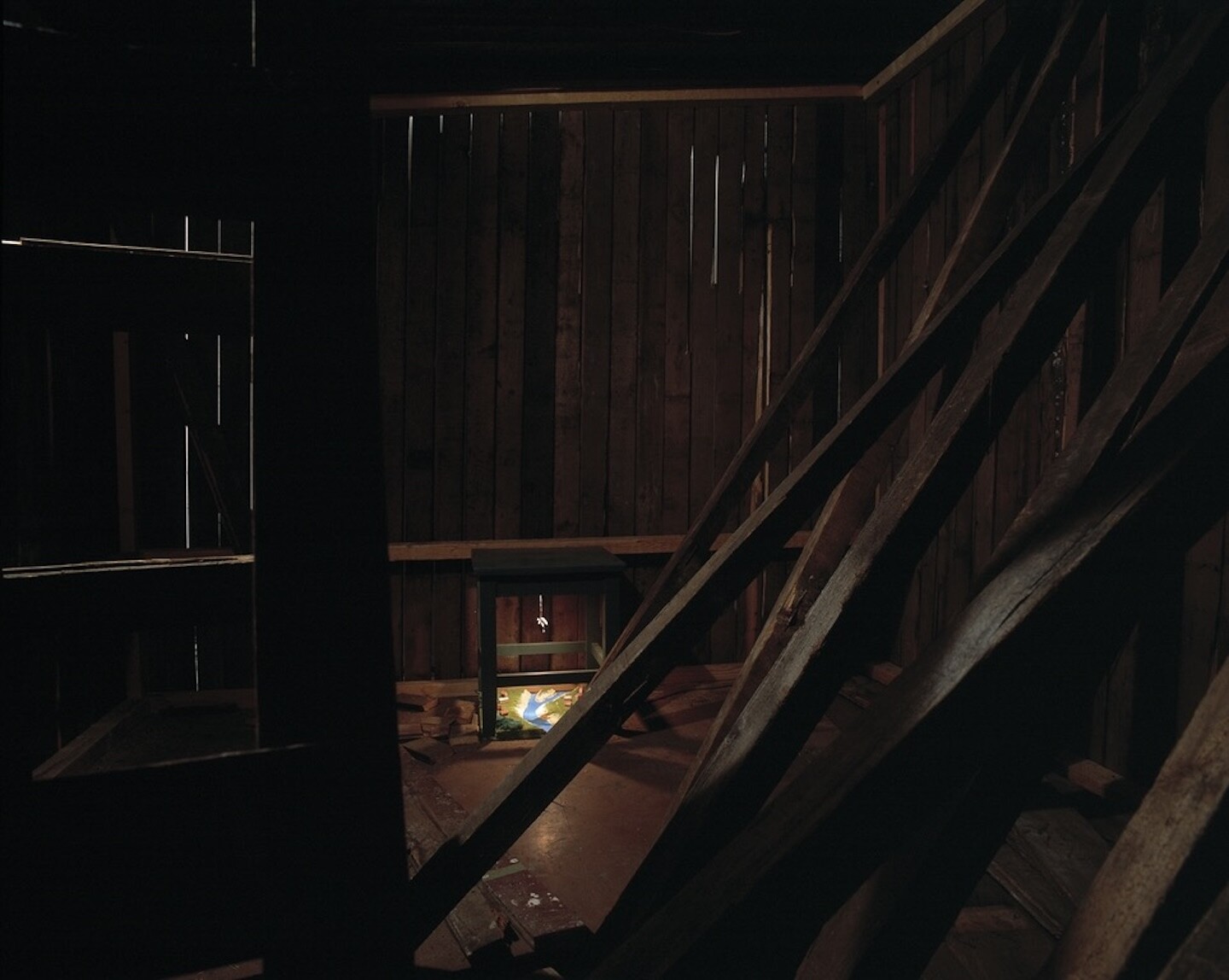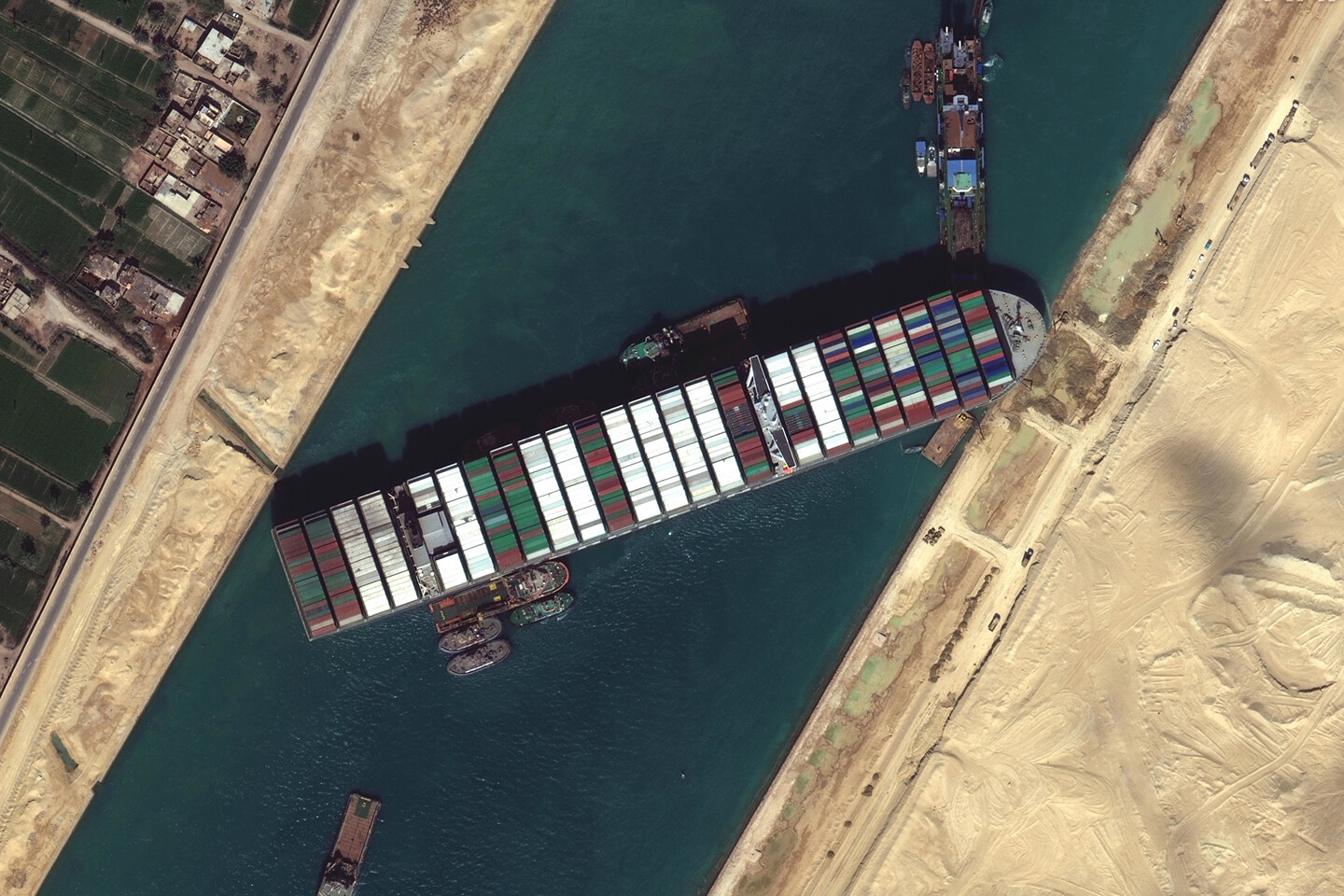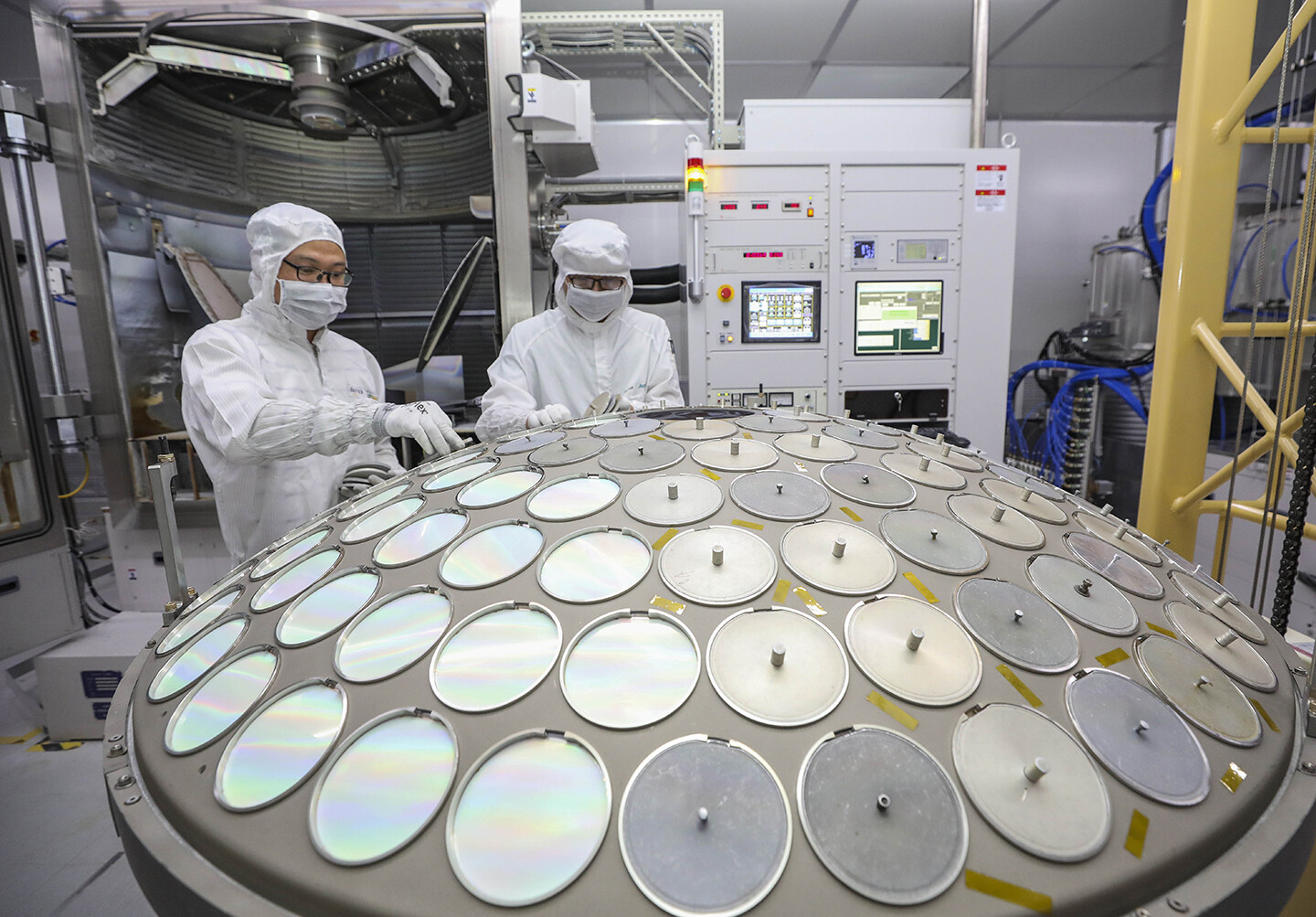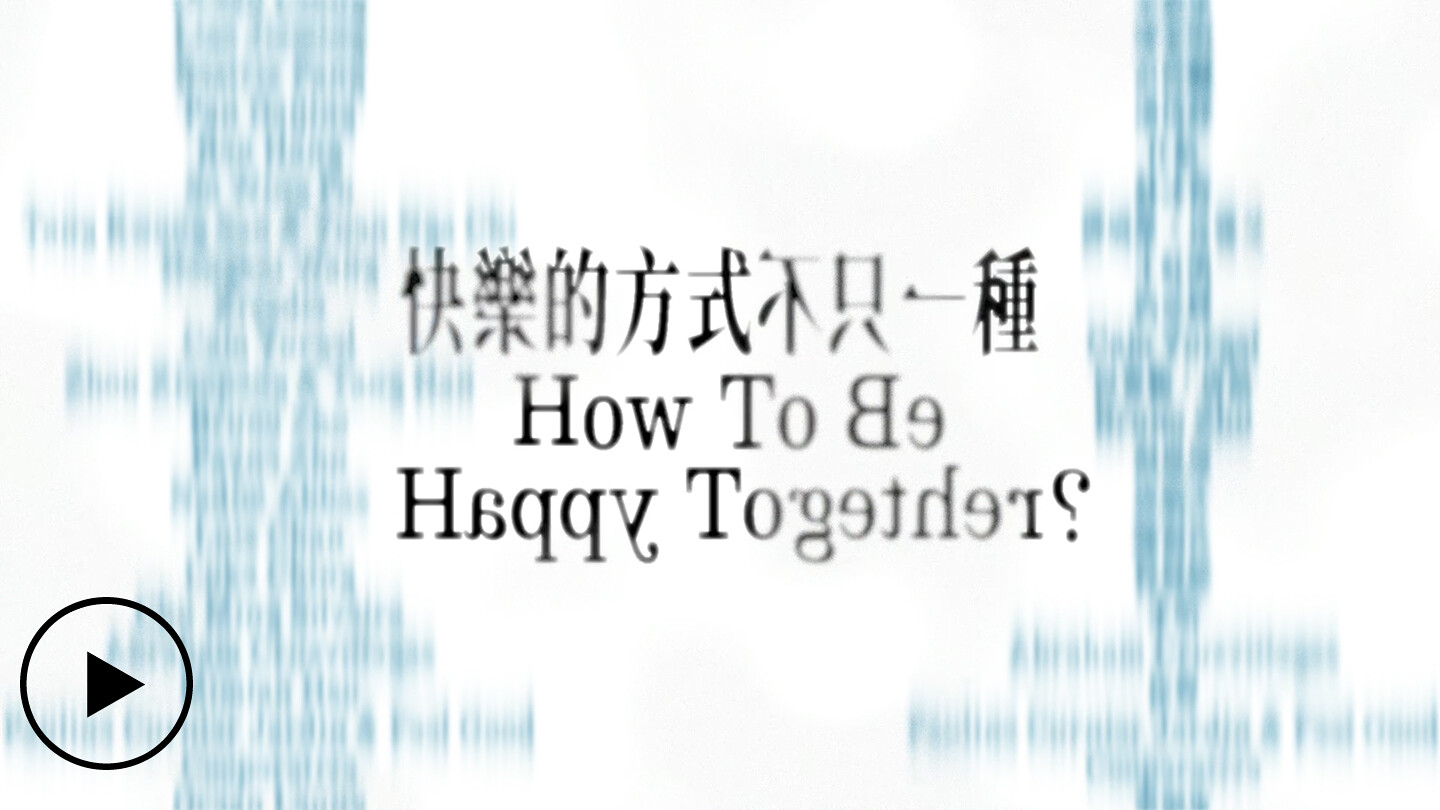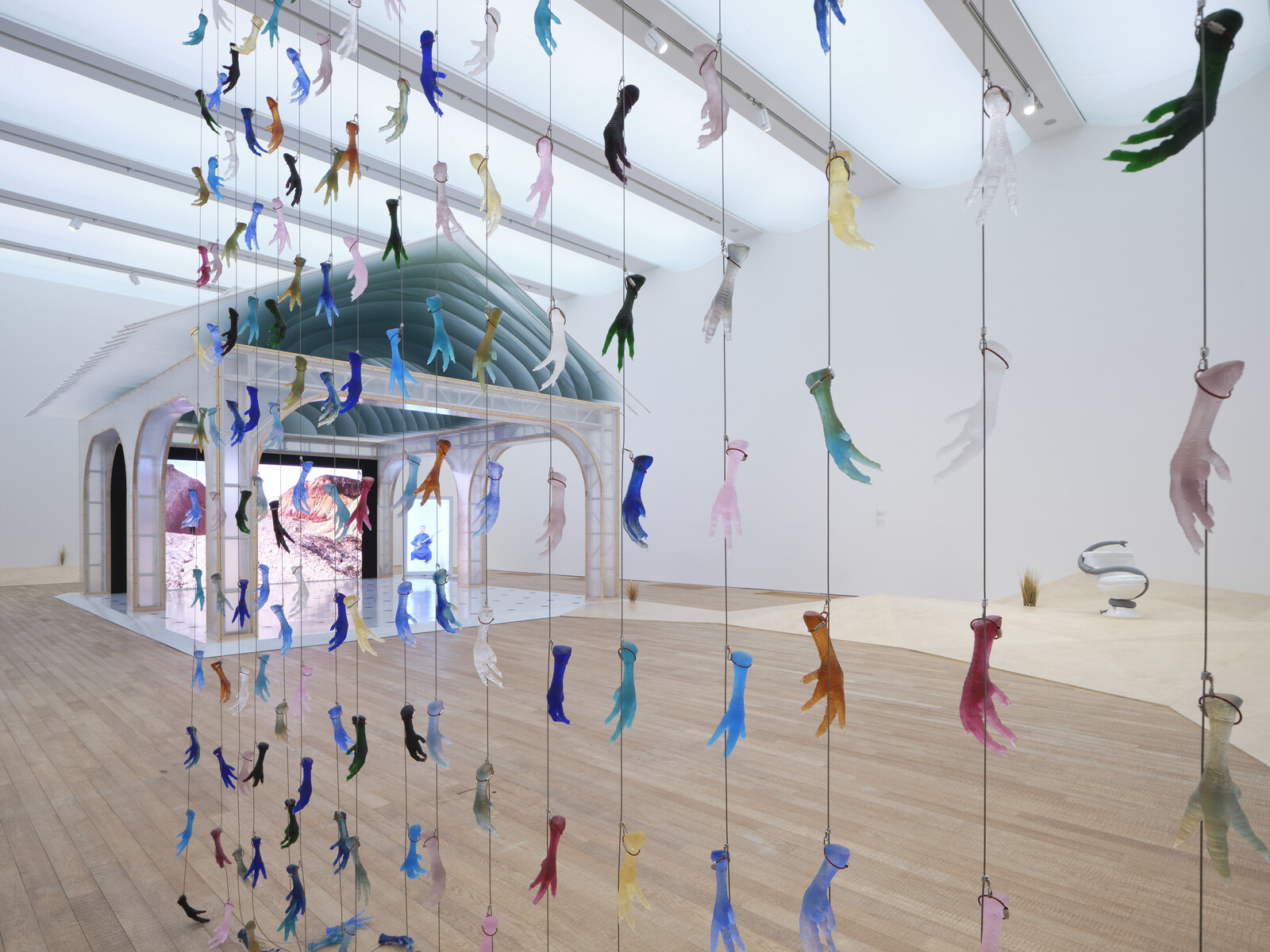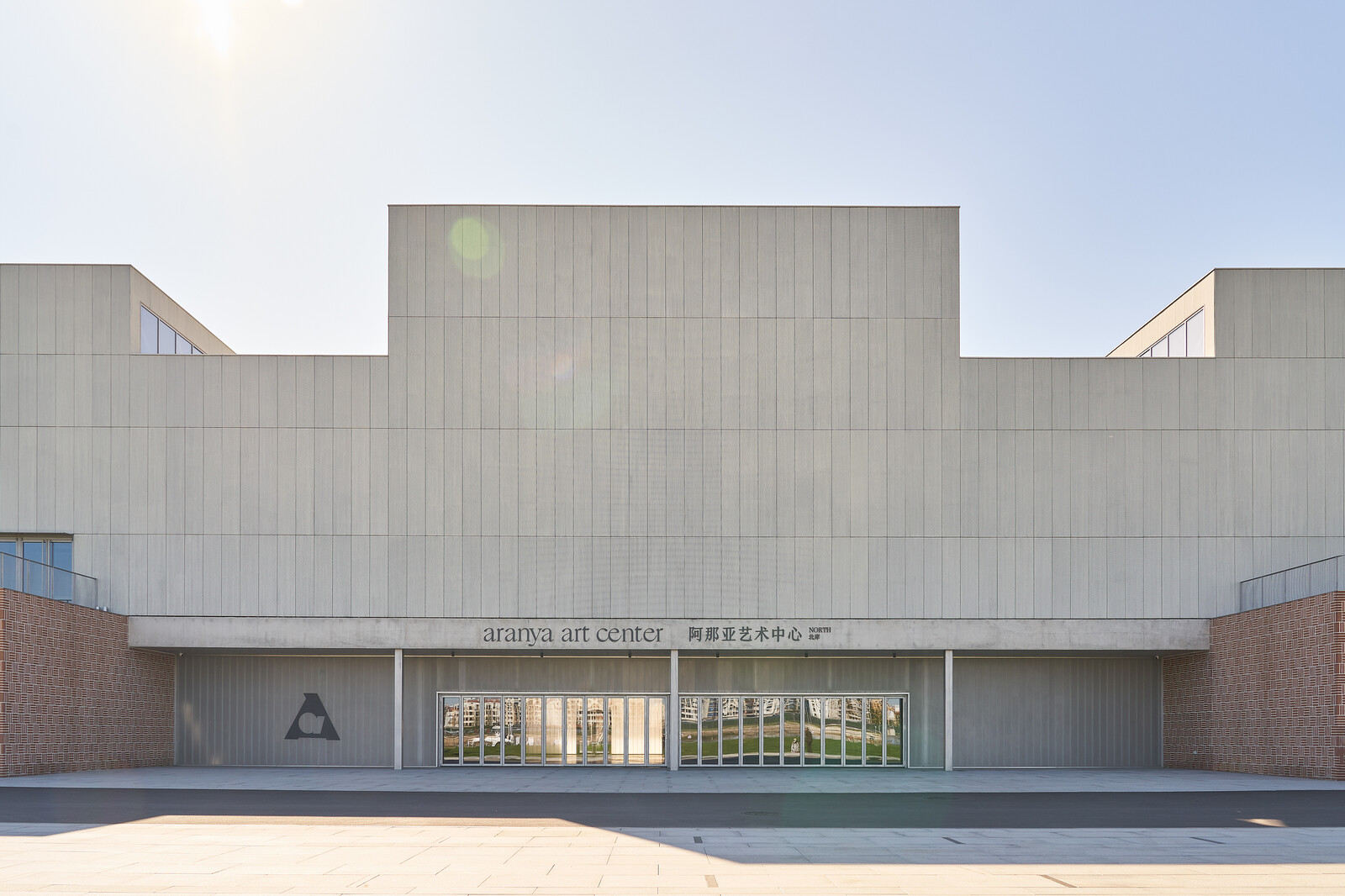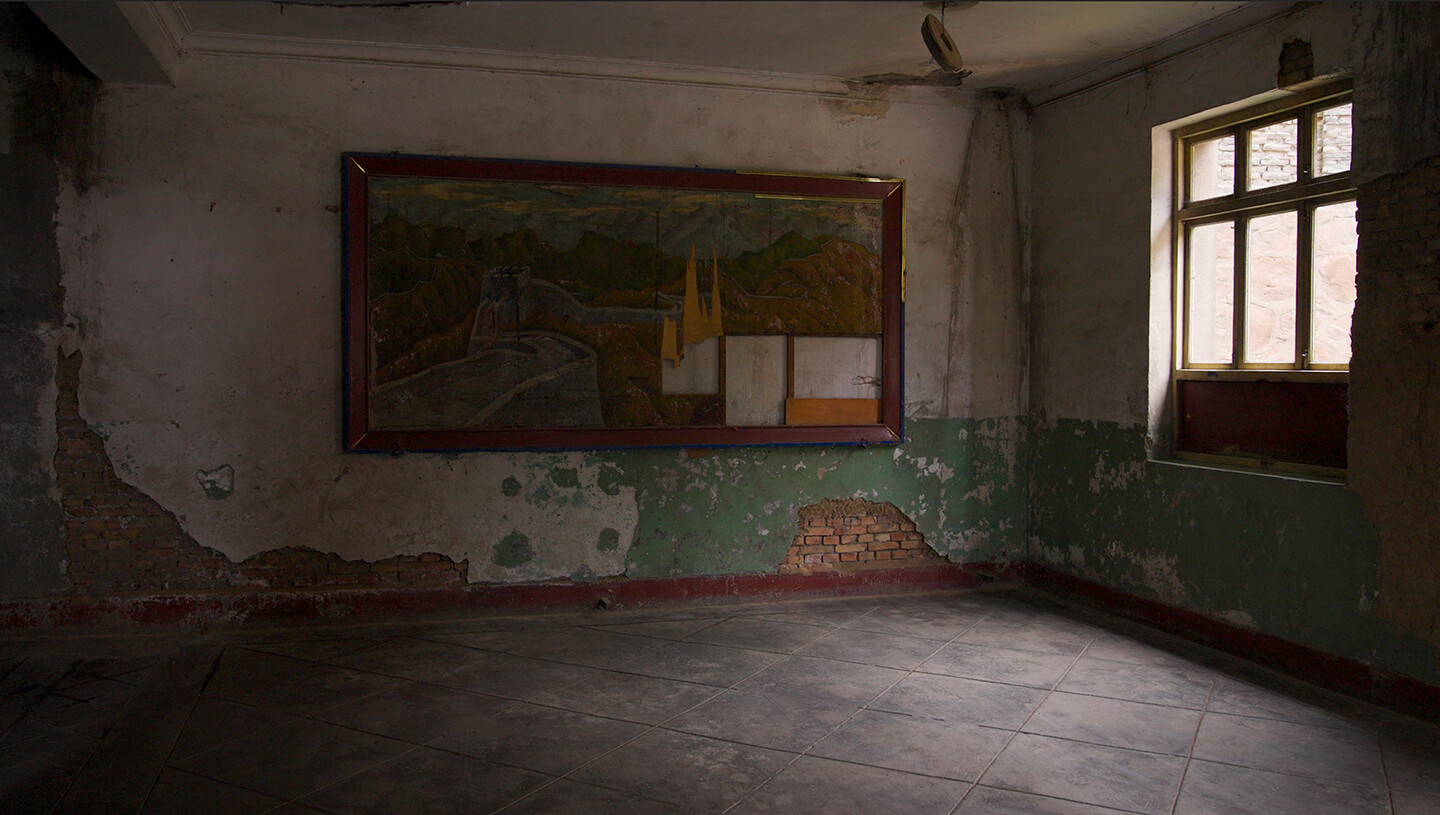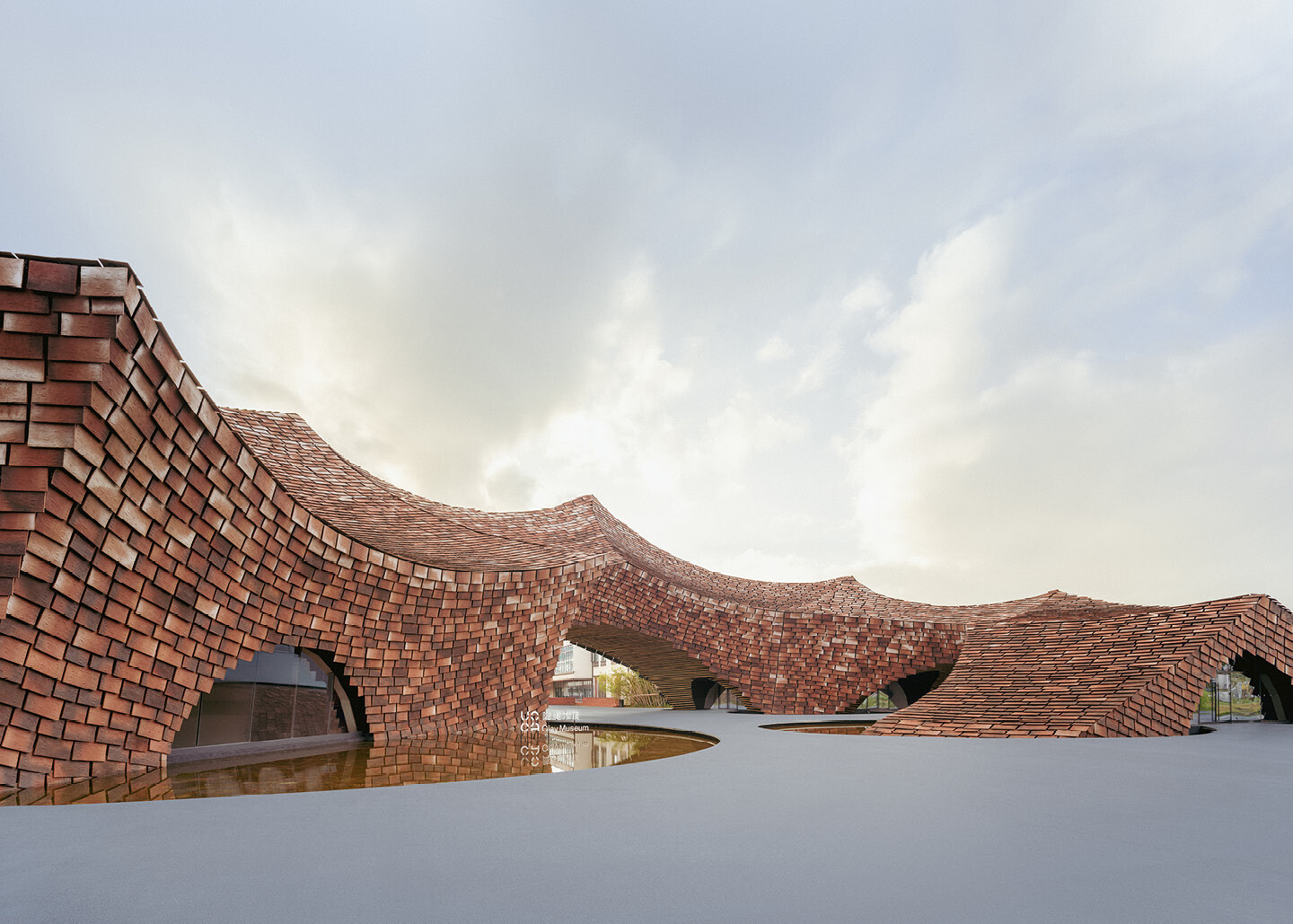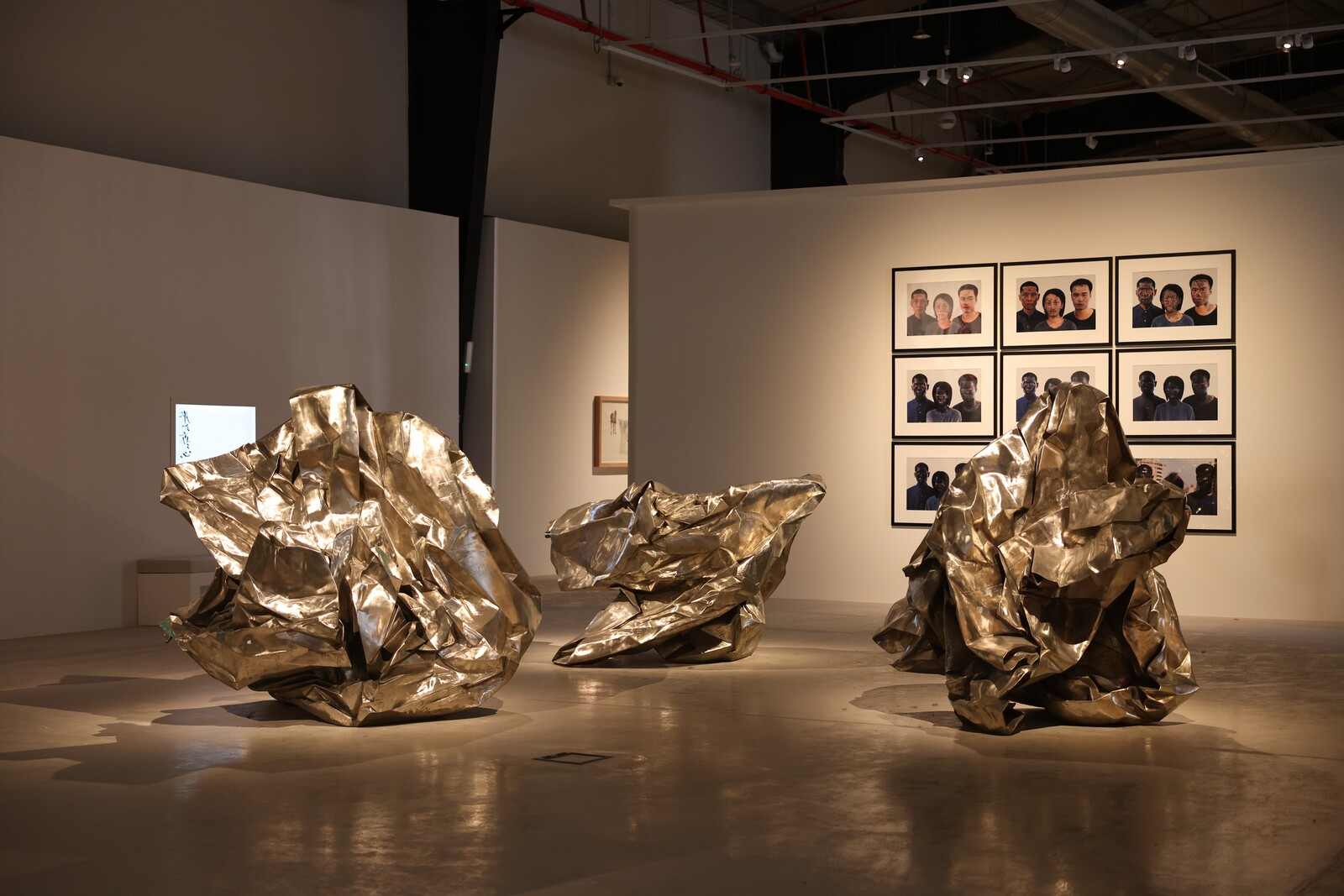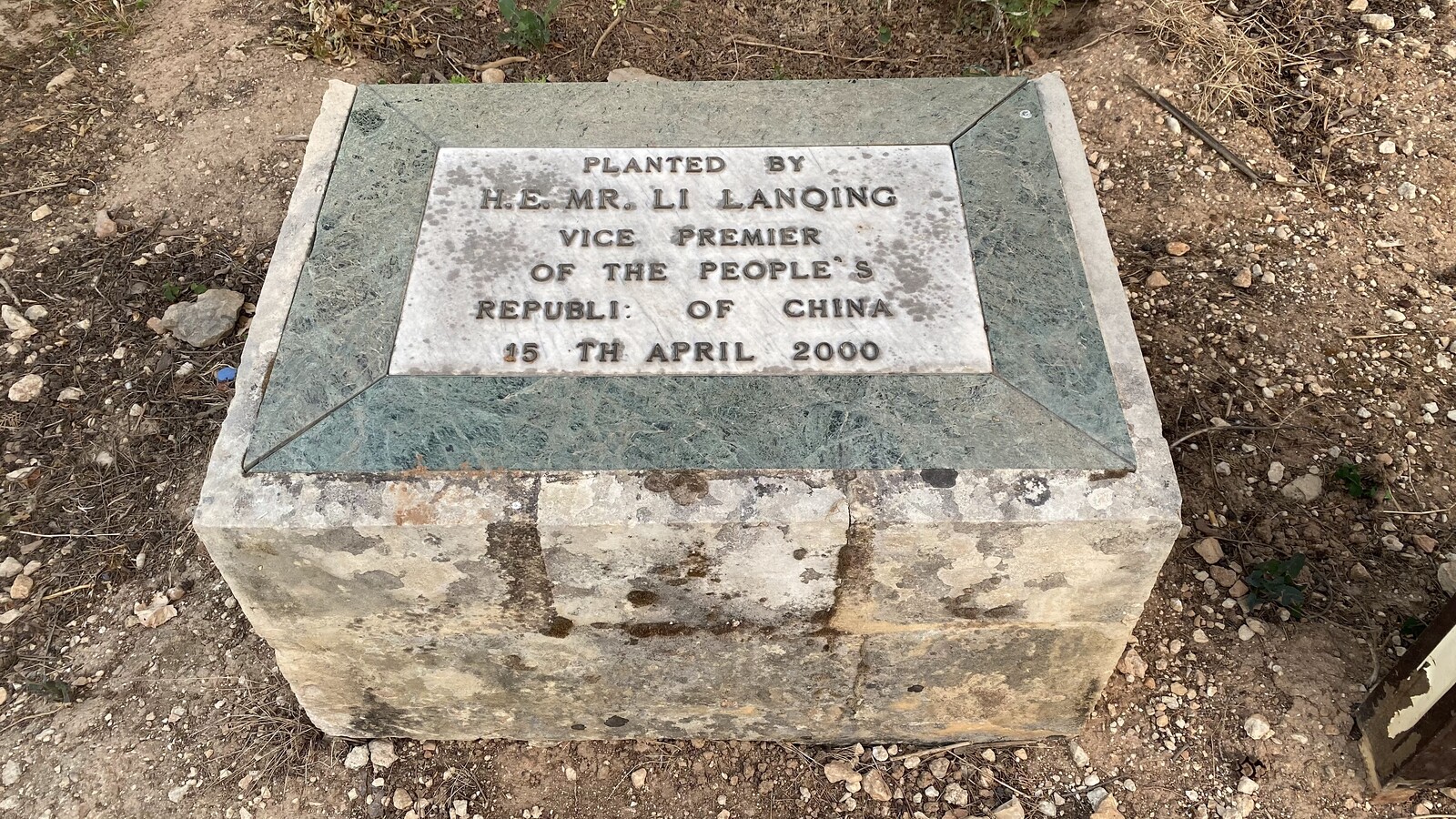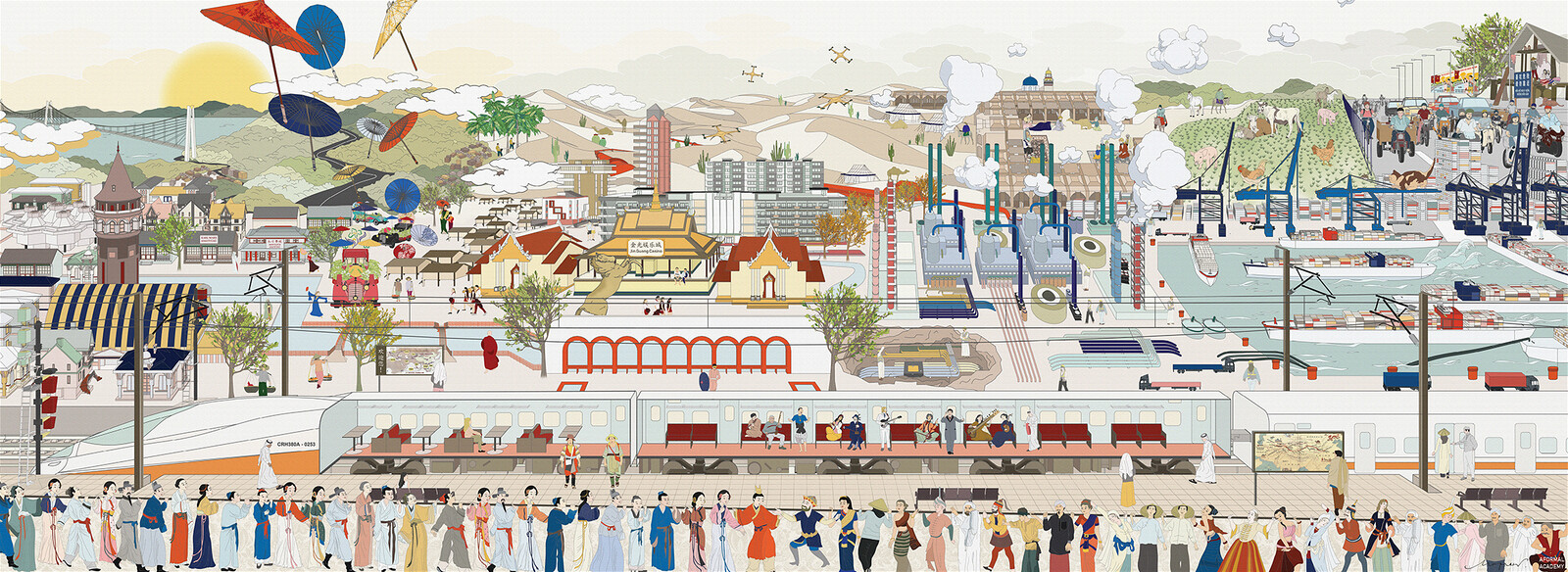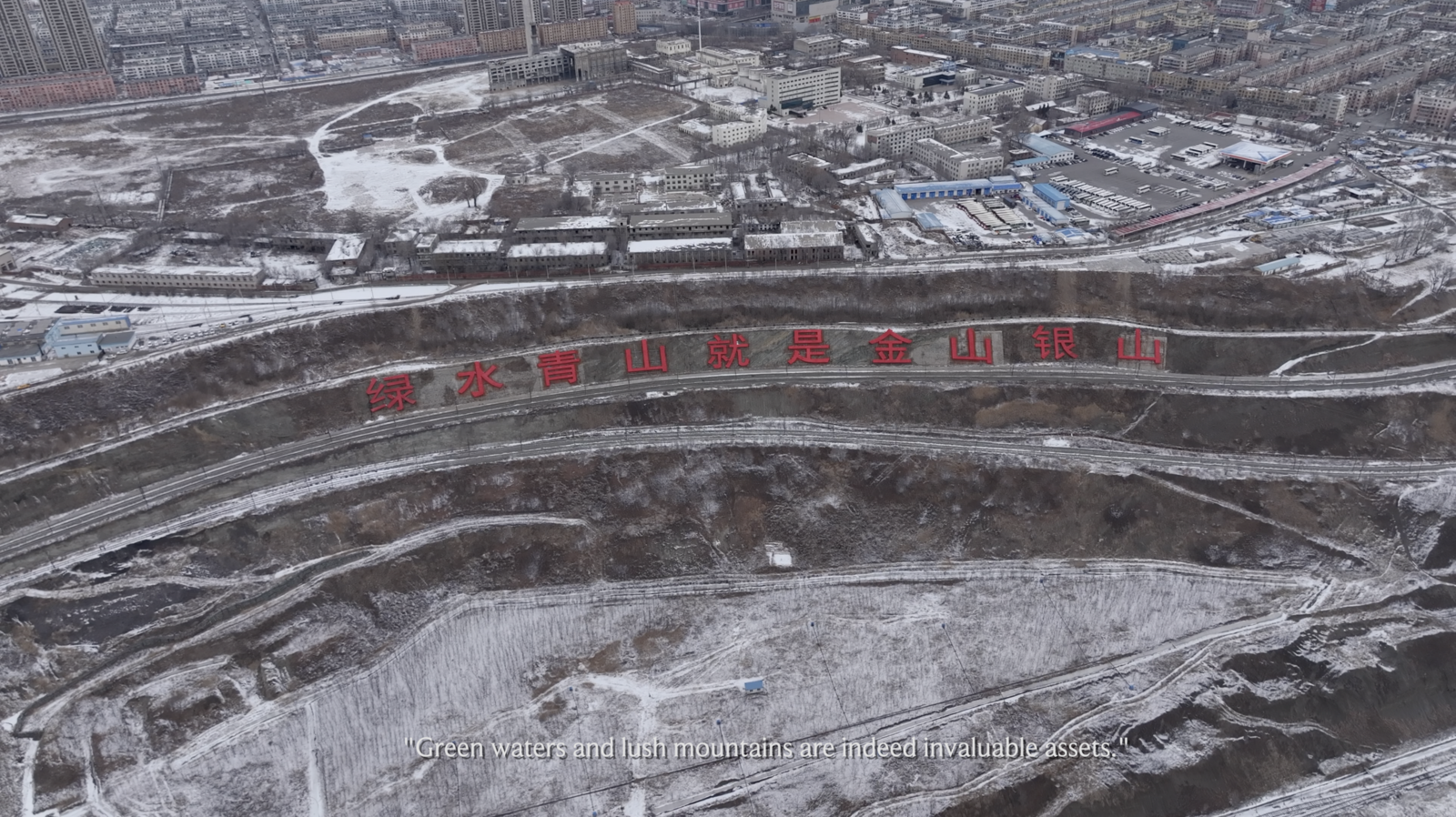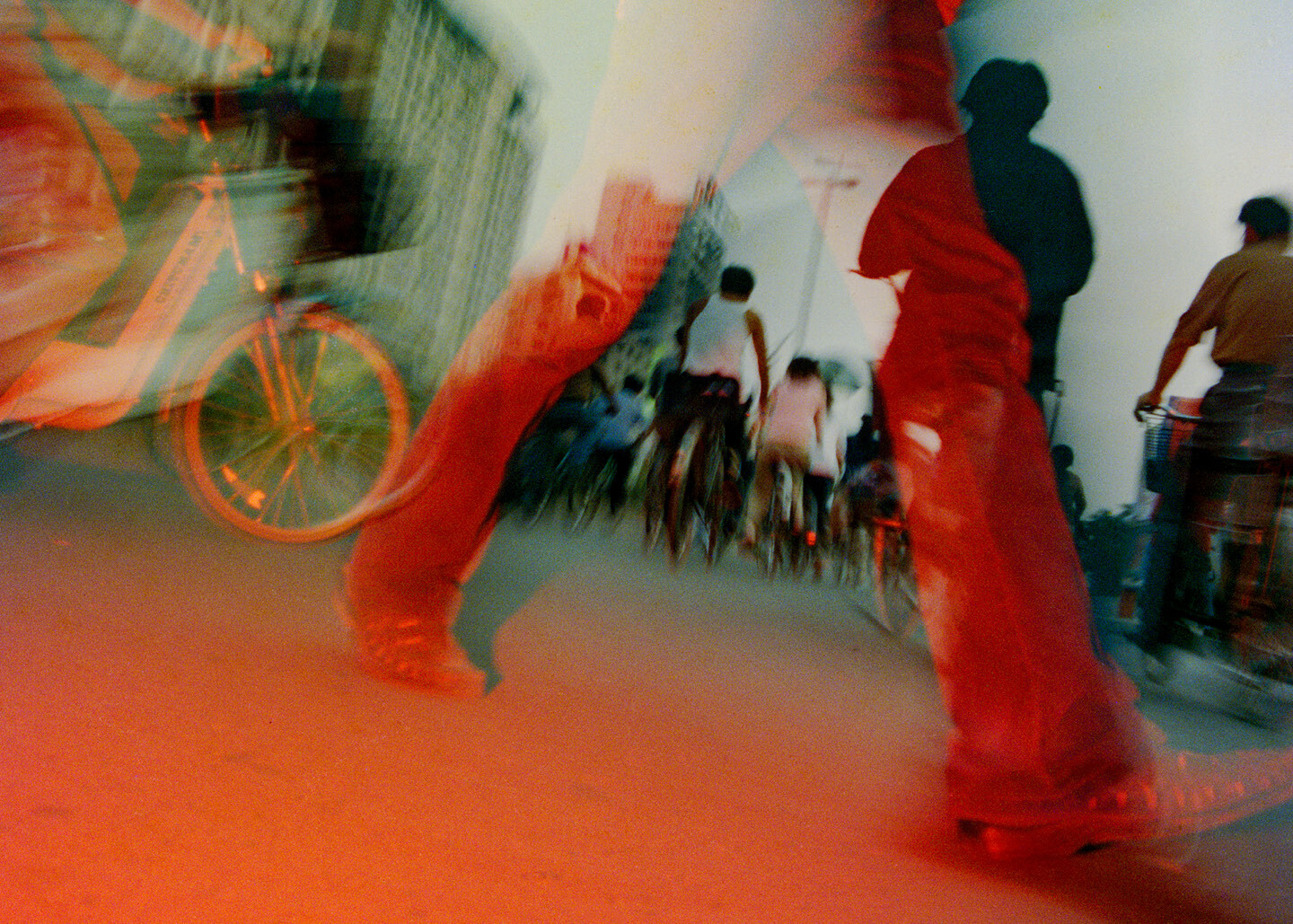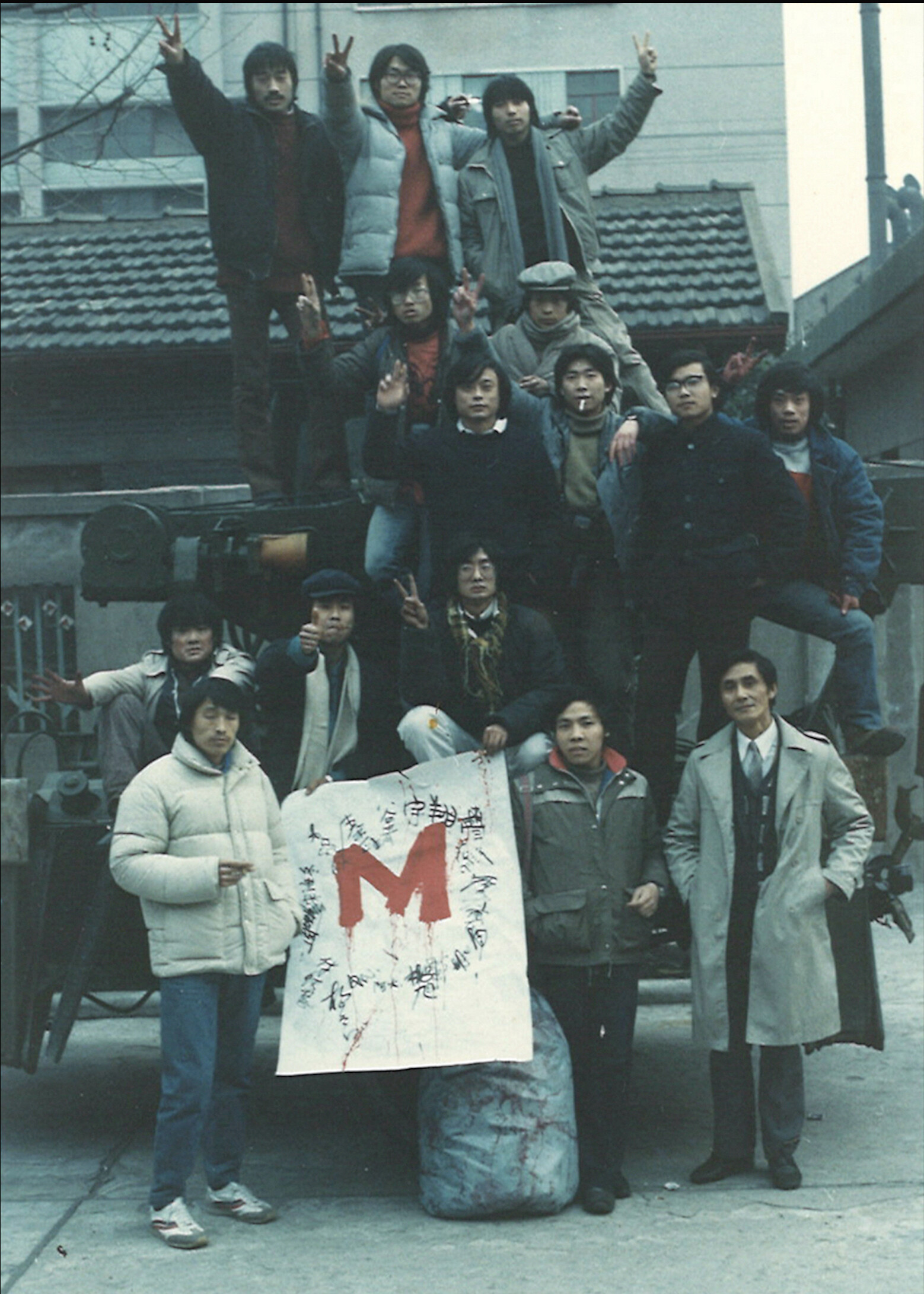The Drum Tower
Imperial powers will continue competing over resources to maintain the uneven development of the world. Many intellectuals unfortunately share the illusion that these powers will come to the table, listen to each other, work out their differences, and collaborate. But neither culture nor understanding are at stake in this larger power struggle, and those who have not woken up to this will only repeat the “clash of civilizations” cliché by insisting on respect for cultural differences. The East and the West are in fact developing the same plan, the same technology, and the same philosophy of history for domination, and are thus no longer distinguishable in this world process.
Over the past three decades, the global art world has thrived thanks to the infrastructures of peak globalization; it has consequently internalized value systems that are embedded in the alignment between liberal democracy, the progressive state, and neoliberal metrics of economic stability. This alignment produces auxiliary notions in the art world that operate quite self-sufficiently—notions about certain artistic forms of production or distribution that embody liberal and progressive values in themselves, and about artistic “freedom” as a condition, rather than a product, of the system.
The overwhelming emphasis on science in Chinese society and its education system means that analyzing and discussing science and technology has become central to the culture today, much as explorations of urbanism and cultural change were a generation ago. If a decade ago the Chinese economy manufactured products for the West, and elites sought to join or access the West via emigration, education, and real estate, today the dynamic parts of Chinese society are aimed at creating popularly accessible technology to improve the lives of Chinese people—and then export it to the Global South.
